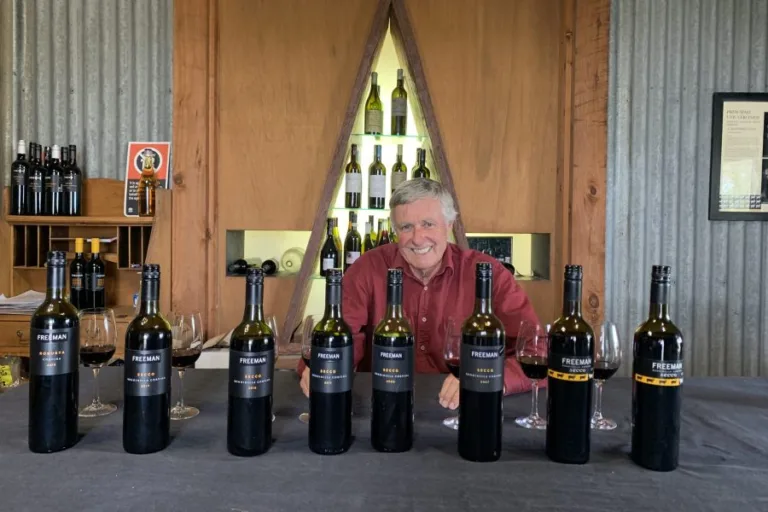The term “vintage” is one of the most common terms in wine. In short, the word refers to the year in which the grapes for a particular wine were harvested. It sounds straightforward, but the vintage is actually one of the most consequential aspects of the winemaking process. A given year’s weather patterns—the amount of rain a region received, the range of temperatures, not to mention hail, frost or wildfires, for example—can greatly affect the quality and quantity of wine made from that harvest.
So, understanding what happened in a given area during a particular vintage can tell you a lot about the quality and characteristics of a specific bottle. Let us explain how it works and why it matters.
You May Also Like: Why Does Some Wine Get Better with Age?
A Snapshot in Time
Autumn Anderson, director of marketing for New Frontier Wine Co., likens vintages to time capsules, as vintage-bottled wines can offer a snapshot of a specific point in time.
“Some vintages are considered to be better than others due to weather events, and that varies from region to region,” she explains. Vintage conditions are extremely important, as they play a big role in determining how a wine will taste.
As a general rule of thumb, a year marked by excess heat and ample sunlight will likely produce wines that are riper, jammier and higher in alcohol than other years. On the contrary, cooler climate conditions will generally offer higher levels of acidity and more
This Article was originally published on Wine Enthusiast




